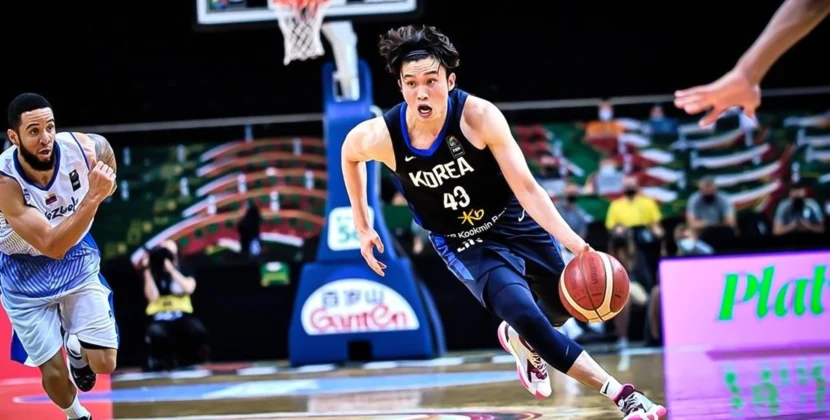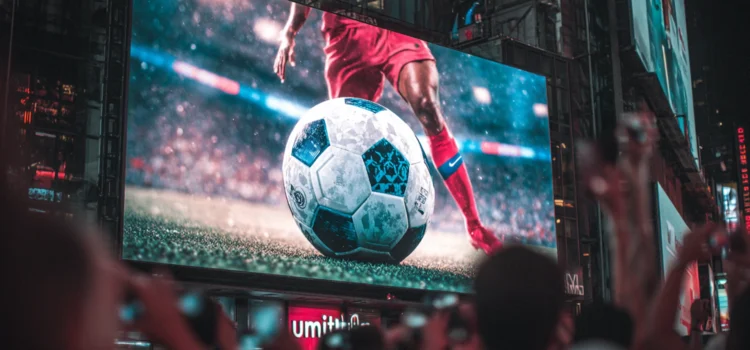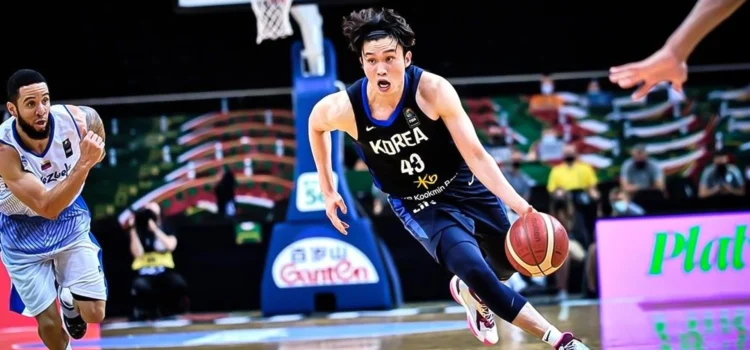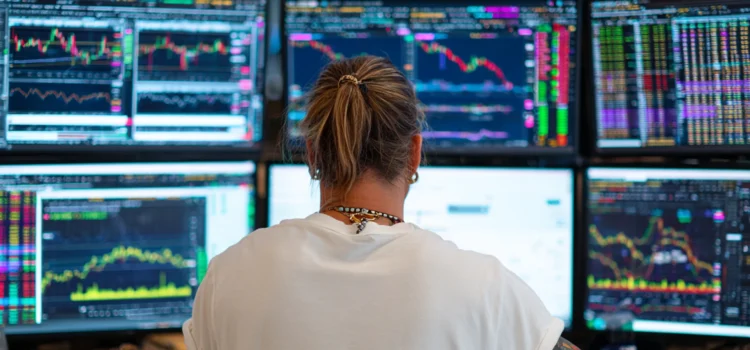
Paris 2025 Olympic Football: In-Depth Analysis and Live Betting Intelligence
The Paris 2025 Olympics concluded this weekend with a dramatic football finale, marking yet another watershed moment for both fans and punters alike. With numerous upsets and the emergence of rising stars, the Olympic football tournament proved a treasure trove of live betting opportunities, reshaping how international football is approached by today’s data-driven bettors. In this analysis, we break down the top live betting lessons and trends from the tournament, providing actionable insights to inform future market activity and betting strategies across global competitions.
Explosive Growth in Live Football Betting During Olympic Games
Olympic football betting volume shattered previous records in 2025. According to StatsBet Data Solutions, the men’s and women’s finals experienced a 38% year-on-year increase in live betting turnover compared to Tokyo 2021. Three top-tier sportsbooks reported that 64% of bets on Olympic football this year were placed during live play—a clear indication of punters’ growing preference for in-play markets.
The increased investment in live streaming and the integration of advanced data feeds have contributed heavily to this rise. As bookmakers offered nearly instantaneous odds for markets such as next goal scorer, match result, corners, and bookings, bettors were able to respond dynamically to pivotal moments—transforming every possession into a potential edge.
Data, Timing, and Market Efficiency: How Smart Money Moved
Sharp bettors this week profited significantly from exploiting inefficient reactions to tactical changes, injuries, and weather disruptions. For example, during the dramatic women’s semifinal between Brazil and Nigeria, alert punters who monitored team news channels capitalized on a pre-match injury to Nigeria’s starting centre-back. Odds for “Brazil to score next” shifted from 1.92 to 1.71 within minutes of the news breaking—an opportunity seized fastest by those with up-to-the-second push alerts and multilayered news sources.
Throughout the tournament, momentum swings repeatedly dictated sharp in-play value. Historical match data highlighted that over 31% of goals in the men’s knockout rounds came within five minutes following a yellow or red card—well above the Olympic football average of 19% a decade ago. Such patterns empowered prepared bettors to pivot strategies and exploit vulnerable defenses in the heat of the moment.
Live Market Volatility and Adapting Bankroll Strategies
Olympic football’s unpredictable tempo and the global exposure it commands heightened live market volatility. Paris 2025 saw the average odds movement of 0.32 within 60 seconds of a goal, according to BookmakerIQ’s August 2025 report. The adoption of multi-screen setups—combining live match footage, stat trackers, and social alerts—became a hallmark of the tournament’s sharpest live bettors.
Critically, bankroll management emerged as a decisive factor amidst the chaos. Bet365’s Olympics Overview found that disciplined bettors—those setting maximum stake limits for in-play bets and employing “stop-win” rules—achieved a tournament ROI 15% higher than bettors who relied on intuition and increased their exposure during swings.
Technology, Social Community, and Tipster Collaborations
This year, more than ever, public betting behavior was shaped by the rise of integrated community platforms. Telegram and Discord channels dedicated to Olympic football swelled in membership during the semifinals, sharing last-minute tactical updates, injury gossip, and model-driven live picks. Punters who leveraged trusted tipster networks gained significant closing-line value: Pinnacle estimates show a 10% improvement on average odds among followers of the top five public tip channels during the gold medal matches.
Many sportsbooks responded by tightening time windows to accept certain live bets—especially major swing markets like “next goal” and “first corner”—adding further complexity for bettors and underscoring the advantage of speed and collaboration in today’s live betting ecosystem.
Key Lessons and Strategies for Future Live Event Betting
As the dust settles on the Paris 2025 Olympic football competition, in-play betting emerges as both an art and a science. Success depends on rapid data interpretation, psychological discipline, and the cultivation of networks capable of surfacing actionable intelligence. Bettors preparing for the new European club season, World Cup qualifiers, or other global football events should integrate multi-source live feeds, formalize risk controls, and remain connected with reliable social tipster communities to gain a crucial edge when the stakes are highest.
The transformation witnessed this week signifies the ongoing evolution of live event betting—a revolution redefined by technology, social dynamics, and ever-increasing market efficiency at the Olympic level and beyond.


















